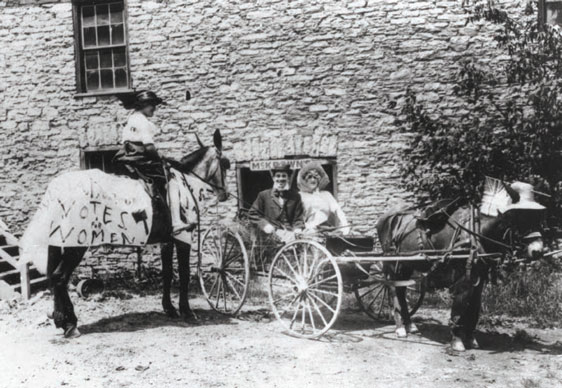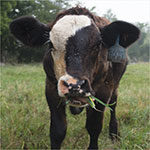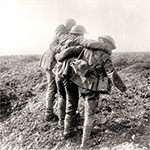
THE END OF THE FIRST WORLD WAR WAS A TURNING POINT FOR CANADIAN WOMEN. Between 1914 and 1918, they’d not only kept the home fires burning while the men served overseas, women had stepped into their shoes in offices, factories and farms and had run the social organizations that supplied the front with socks, cigarettes and food.
Their increased social awareness demanded change. The Suffragist movement had simmered for decades with women like Nellie McClung and Picton’s own Letitia Youmans of the Women’s Christian Temperance Union advocating for better workplace safety, public health, temperance and for women’s right to vote. It came to a boil after the War as more and more women fought for a voice in government and social reform.
In the spring of 1918, Sir Robert Borden’s Union government introduced a bill calling for universal female suffrage – the female right to vote – but it faced opposition.
One Member of Parliament is quoted saying, “I say that the Holy Scripture, theology, ancient philosophy, Christian philosophy, history, anatomy, physiology, political economy, and feminine psychology all seem to indicate that the place of women in this world is not amid the strife of the political arena, but in her home.”
An amended bill, the Federal Women’s Franchise Act, passed in the House of Commons on May 24, 1918 giving all Canadian women who were British subjects aged 21 and over, the right to vote in federal elections. It was a start, but the Act left out First Nations women and women who were not British subjects.




